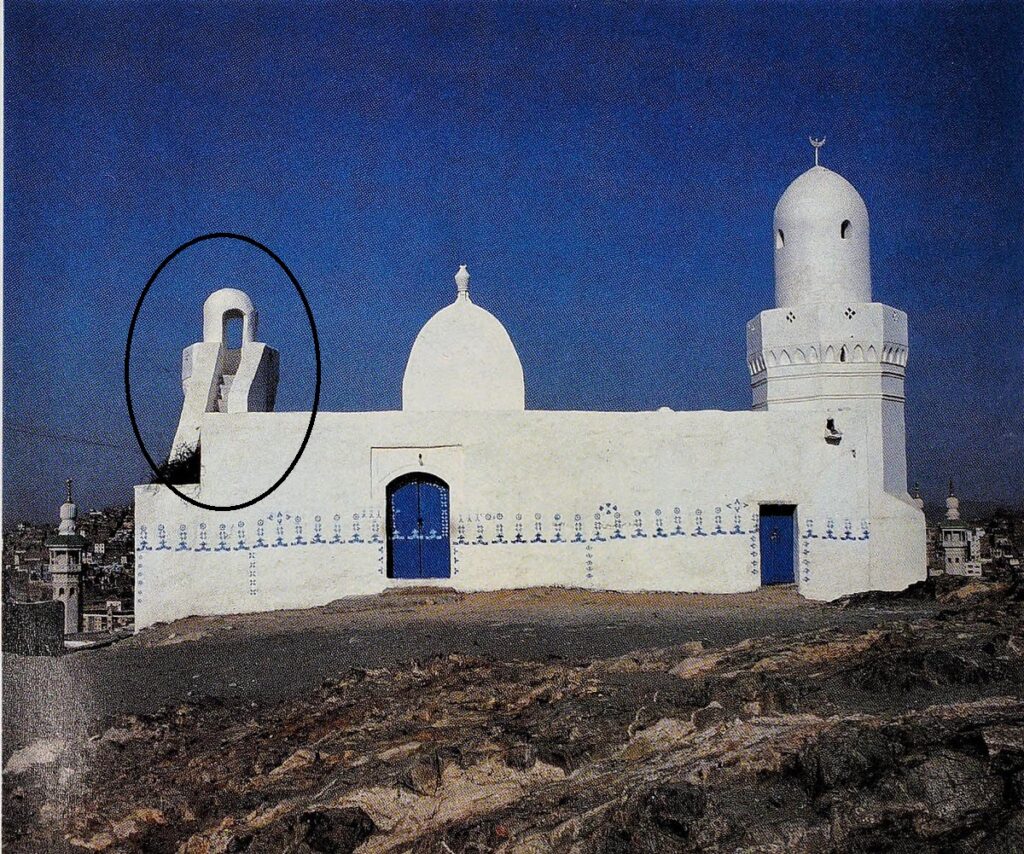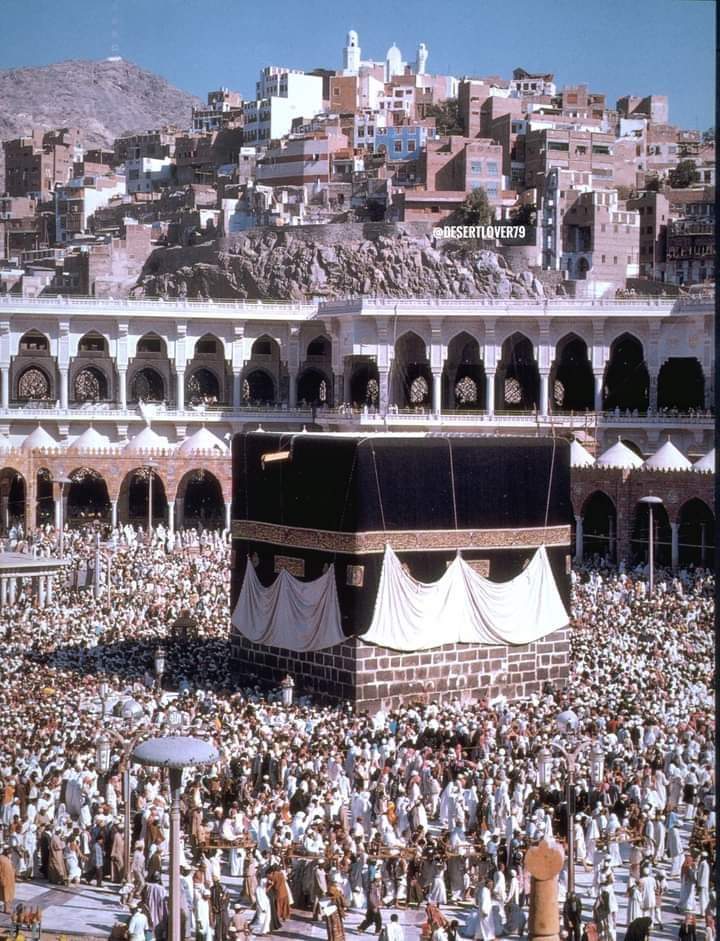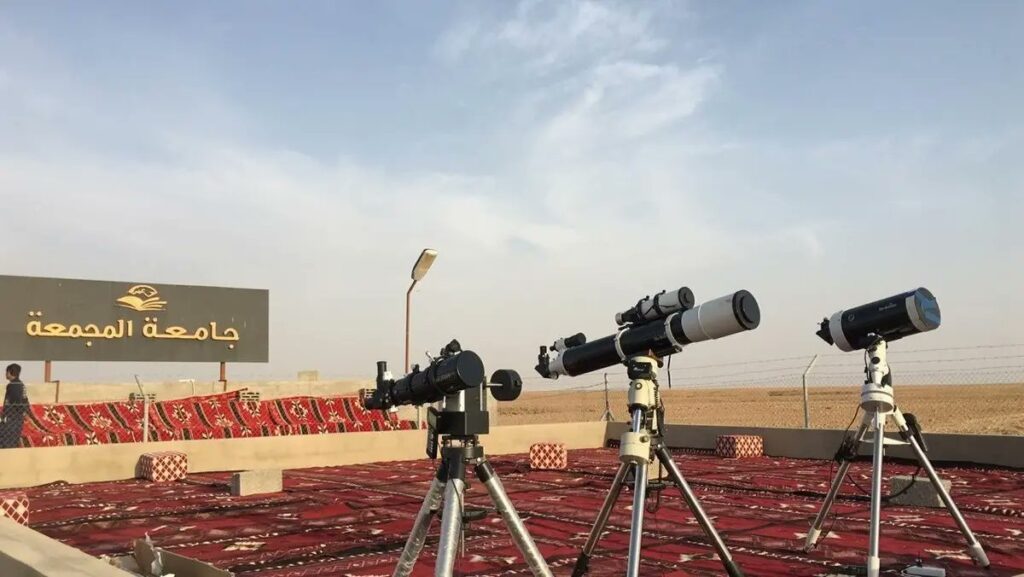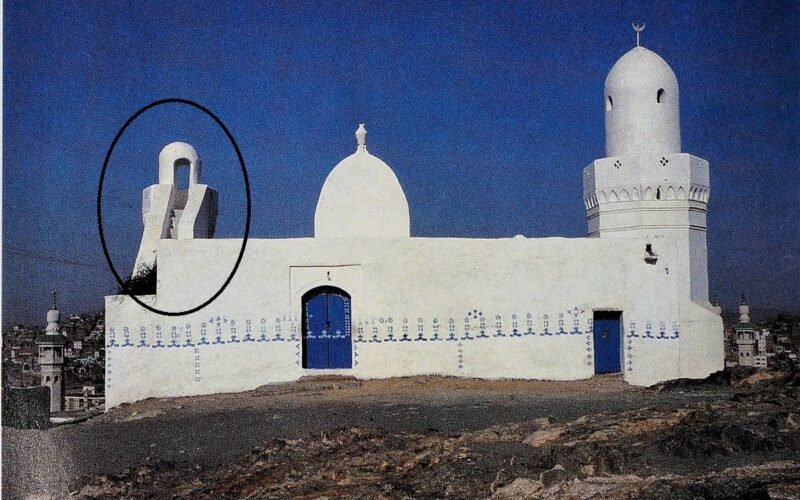The tradition of moon sighting in Makkah was quite significant before the technology evolved.
Climbing Jabal Abu Qubais

In the past, the process of moon sighting in Makkah was a communal and ceremonial affair. Residents would climb Jabal Abu Qubais, a prominent mountain behind Mount Safa. From this elevated spot, they would carefully search the skies for the faintest glimpse of the new moon.
Cannon Fires
Once the moon was spotted, a vibrant flag would be raised as a visual cue, visible from various points across Makkah. This act of flag-raising set off a series of events. Observers positioned at key high locations, like other mountains, would then ignite cannons. The thunderous boom of the cannon fire acted as an audible announcement to the people of Makkah, signaling the start of a new month.
Take a look how big the mountain is;

Transition to Modern Times
As technology progressed, this tradition changed. The advent of radio transmissions and other communication methods offered a quicker and more efficient way to relay information. These technological advancements enabled the swift sharing of moon sighting updates with the public.
Over time, traditional practices gave way to modern methods. Today, appointed officials are responsible for monitoring lunar phases to accurately determine the months in the Islamic calendar.
This shift from a manual, community-based approach to an organized, official process mirrors broader societal shifts toward technological progress.

The moon sightseeing is an important event as it marks the start of a new month. Now as technological advancement has reached its peak the method of making announcements has been modernized. Social media, News Broadcasts have now made it easier for a large audience to receive updates
While technology has streamlined the process of moon sighting in Makkah, the tradition’s essence remains intact, serving as a unifying factor for the community.


 WhatsApp Channel
WhatsApp Channel
 Instagram
Instagram
 Facebook
Facebook
 X (Twitter)
X (Twitter)
 Google News
Google News